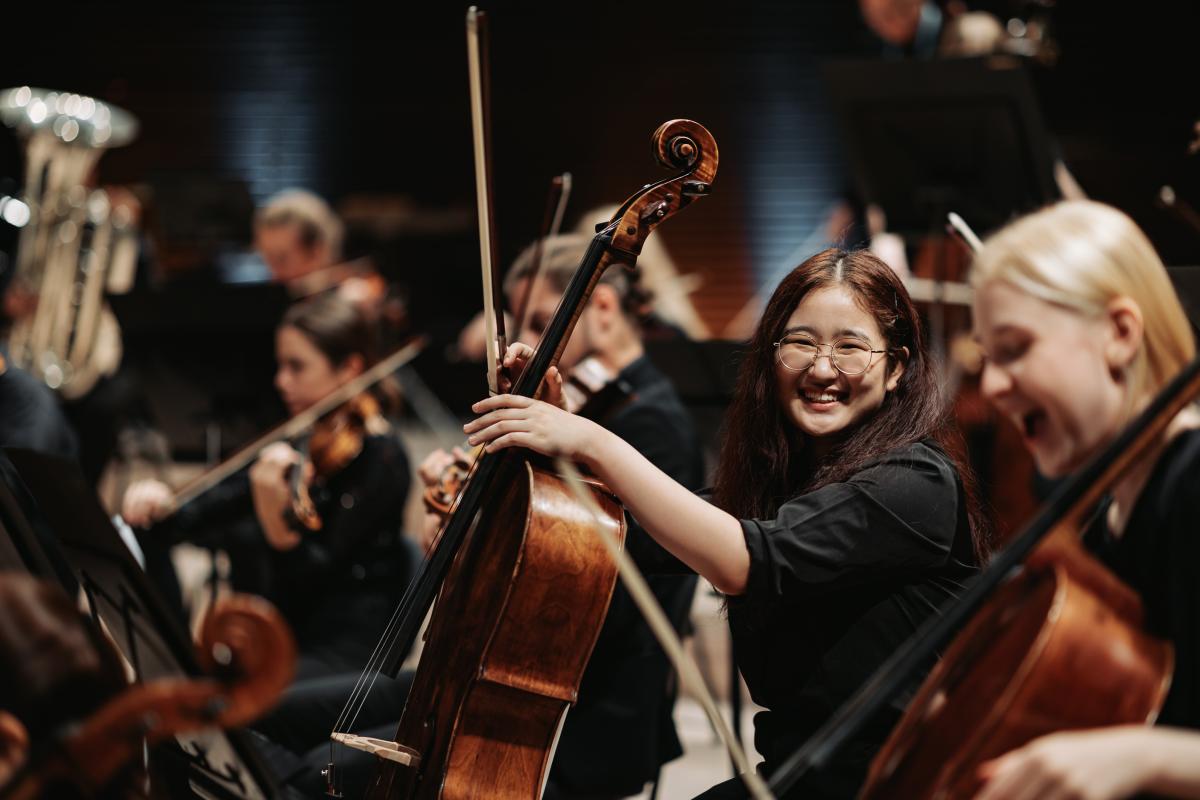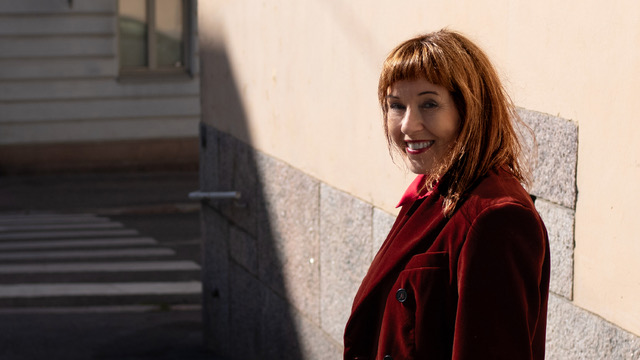Access to music education, support networks, and continuity of musical activities key factors regulating adolescents’ arts participation and agency
Researchers Anna Kuoppamäki and Fanny Vilmilä found both formal and nonformal ways to successful musical agency and cultural authorship.

How do young people find their way to music-making? Researchers Anna Kuoppamäki from the University of the Arts Helsinki and Fanny Vilmilä from Finnish Youth Research Network identified factors that had a significant impact on the formation of the musical life courses of the young people interviewed in their study.
The researchers conclude that among young music-makers access to music education such as available music tuition or living place; varying support networks including important motivators like family members, peers, or teachers; and continuity of musical activities seemed to be the key factors regulating their arts participation and agency in cultural authorship.
Kuoppamäki and Vilmilä also constructed five musical pathways understood as ongoing processes in which learning may take on varying forms and intensities. Within the pathways they identified different ways and modes of arts participation – but also the sense of it as one’s own mindset connected to both identity formation and to acting musically in the world. The ways of arts participation varied between the pathways. Also the sense of arts participation alternated, and was in that way pathway-sensitive.
1. Extensively supported formal pathway
The interviewees on this pathway started their musical training in early childhood, and their mothers were an important source of inspiration when applying to an extra-curricular music school.
They all participated in several musical activities: learning one or more musical instruments in a music school, participating actively in school music education, singing in a choir in commercial productions, or playing in a pop or jazz band. They all had plans for musical careers.
Kuoppamäki and Vilmilä point out that all these young people received extensive social and economic support from their families and teachers, as well as their music schools, to pursue their musical ambitions.
2. Self-forged pathway
The interviewees on this pathway started their musical activities in their primary school years. Two of them started to learn an instrument with private teachers. The third one applied to an extra-curricular music school at the age of 9.
According to the researchers, all these young people were learning-oriented. However, in contrast to the first group, their musical pathways were not straightforward. The researchers describe their musical pathways as self-forged.
On the self-forged pathway arts participation manifested in an ability to make individual choices when authoring one’s musical life.
On the other hand, two of the three interviewees expressed how they lacked peers at primary school with whom to share their musical interests. One of them, who had taken private lessons in piano, remembered:
” It was just that no-one else was interested in it [classical music]. So, I was a bit different from the others, and they wanted to bully me for that [. . .] at the time it was quite heavy. ”
Kuoppamäki and Vilmilä conclude that for the male interviewees on this pathway, the challenges in arts participation came down to a lack of collective meaning-making and a sense of belonging. Their peer groups supported the ideal of hegemonic masculinity in which the arts were not included.
3. Family and nonformal activity-oriented pathway
The third group took part in daily music-making with their family members already from early childhood. The researchers see this low-profile music-making not just a way to engage in meaningful relationships within their families but also an important environment for early-stage musical learning and cultural production as part of everyday life.
For example, one interviewee saw his father as a musical role model, and started to play in the same church band:
” I remember how I looked up at him [. . .] how on earth can he play all those different instruments, and I wanted to be able to do it one day, too. And ever since, when at the age of five . . . I began to learn [to play instruments], I started to make my own music as well.”
Later in their adolescence, these young people found their way to music-related youth work.
Consequently, for these young people, it was collective endeavors through which cultural participation took place. Moreover, their agency was distinctive in searching out opportunities for music-making and their energetic attitude toward nonformal music activities, the researchers conclude.
4. Open-access-oriented pathway
A strong self-directiveness in making music was typical for young people on the fourth pathway – even though the families or music teachers were supportive.
Two of the interviewees expressed interest in music at an early age but could not find either the space or activities for sustained music-making. Later, in their adolescence, both found a musical community at school. The third interviewee of this group started his own rock band with his classmates at the age of 10 and carried on playing.
Research has emphasized the school’s role in the formation of bands as social spaces to share musical interests and aspirations, and in offering varied resources to explore music. This is evident in one of the interviewee’s narration:
”Our music teacher told us that in his point of view a music classroom is useless if it isn’t used outside of classes. [. . .] And I took it like literally. [. . .] He was so jazzed up for the fact that I was always using it [the classroom] so actively.”
In addition to school, friendships and the sharing of musical tastes play an important role in young people’s musical learning practices in general as was the case also with these interviewees.
5. Peer-oriented pathway
In contrast to the other pathways, the interviewees on the peer-oriented pathway became interested in music relatively late, during their early adolescence. The defining factor was their involvement with music together with peers.
Kuoppamäki and Vilmilä state that the collective dimension of musical agency was significant throughout the peer-oriented pathway. Together with their peers, they engaged in music-making facilitated through youth work.
Unlike in the other pathways, these adolescents also facilitated opportunities for their peers. According to them, sharing opportunities and skills complemented their own.
The interviewees all experienced their musical skills to be insufficient compared to others who, for example, had made music longer or had had some tuition beyond music classes in school.
Nevertheless, these adolescents did not become discouraged by this feeling of being an underdog. Instead, they actively aimed at developing their musical skills within the settngs they could access.

Young people as cultural agents and authors
The researchers point out that the access to music education is regulated by various social and cultural factors such as one’s knowledge of existing opportunities or types of tuition, gender, or even age. However, not all young people are interested in formal music programmes, which tend to offer limited opportunities for individual creative expression and independent art making.
” Not only does this suggest that institutions need to learn and transform, but that the way young people are perceived in music education also needs to develop toward a broader view in which they are not merely seen as music learners but simultaneously as cultural agents and authors of their own musical lives,” they write.